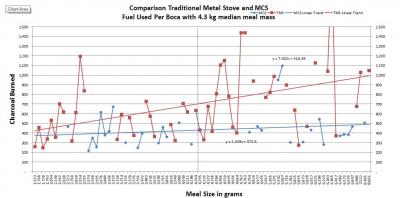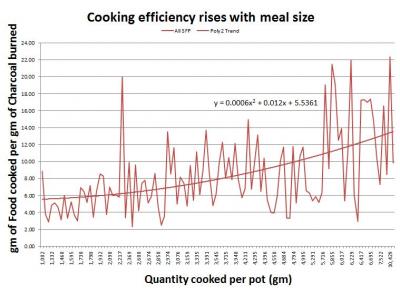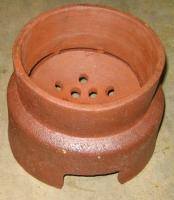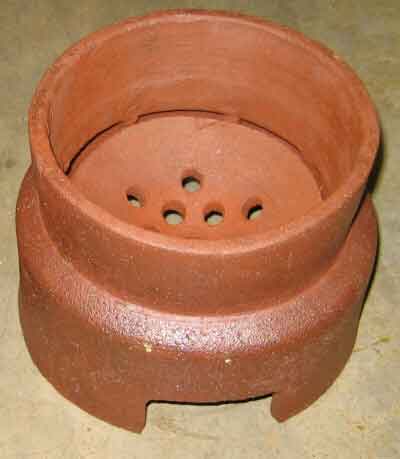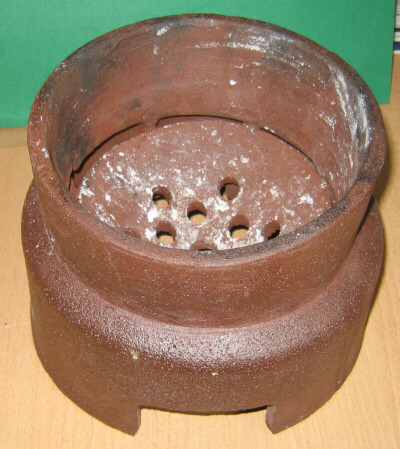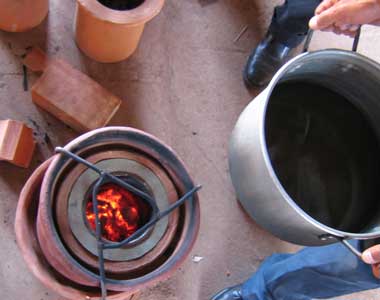The results of field testing the POCA/Maputo Ceramic Stove (MCS) and traditional metal stoves (TMS) using an uncontrolled cooking test (UCT) are attached. In a UCT people cook whatever they want and we watch carefully. The results have fuel-moisture compensated values. The charcoal was almost always hardwood lumps. Larger meals tend to be watery and small meals tend to be frying something in oil.
The comparison indicates a clear change in relative performance with meal size. The bigger the meal, the more the savings with the improved stove. There is also a chart attached showing the increase in thermal efficiency with meal size.
The meal size on one the X-axis.
The WBT locates one point on the line. Performing the test seven times locates that point very accurately but is it difficult to know where the line goes from that point.
No ‘outliers’ were removed in this analysis even when they were obvious. The meal size varies with the season so the question about consumption has more than one answer.
Regards
Crispin
Air Jordan

